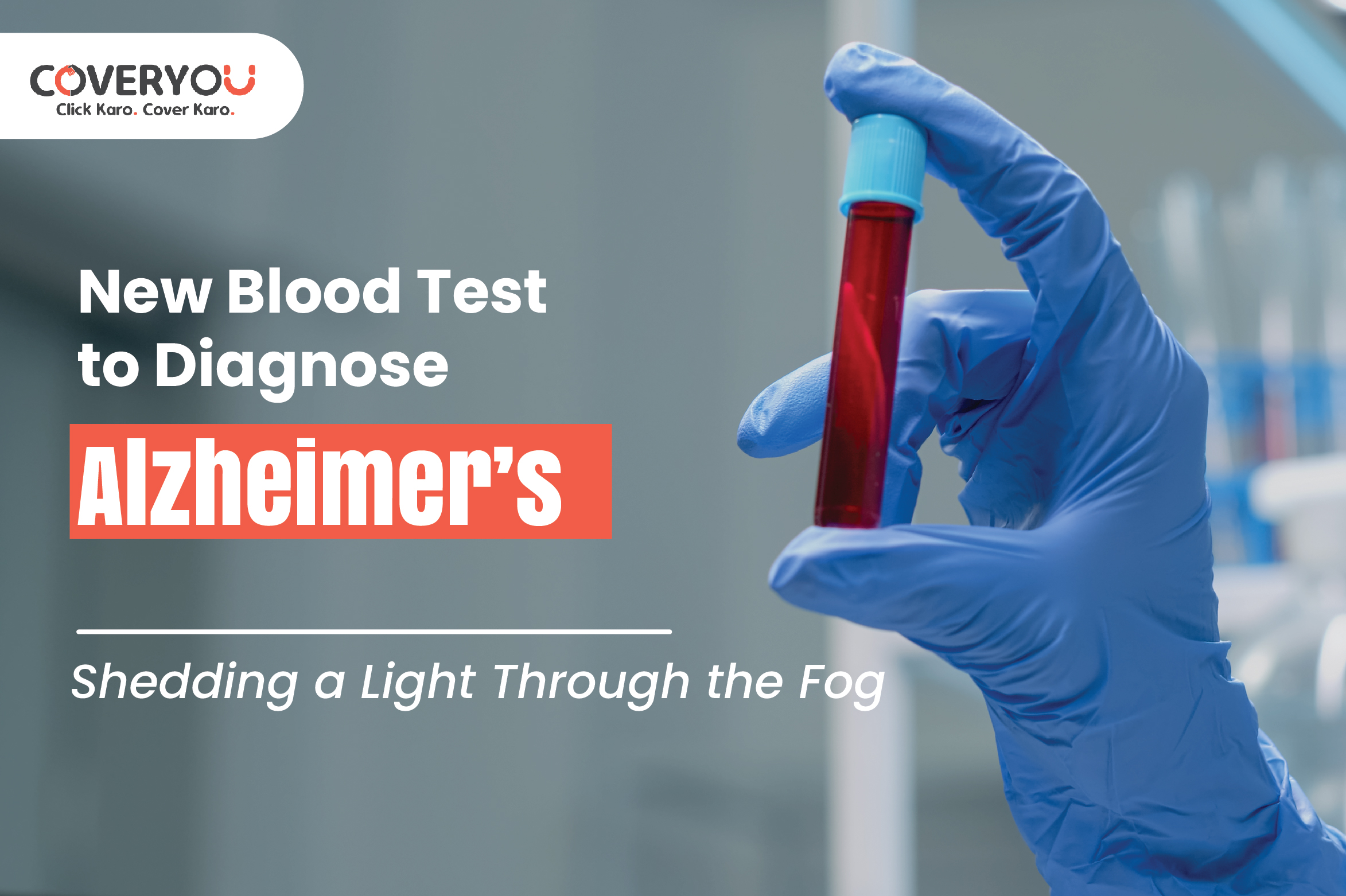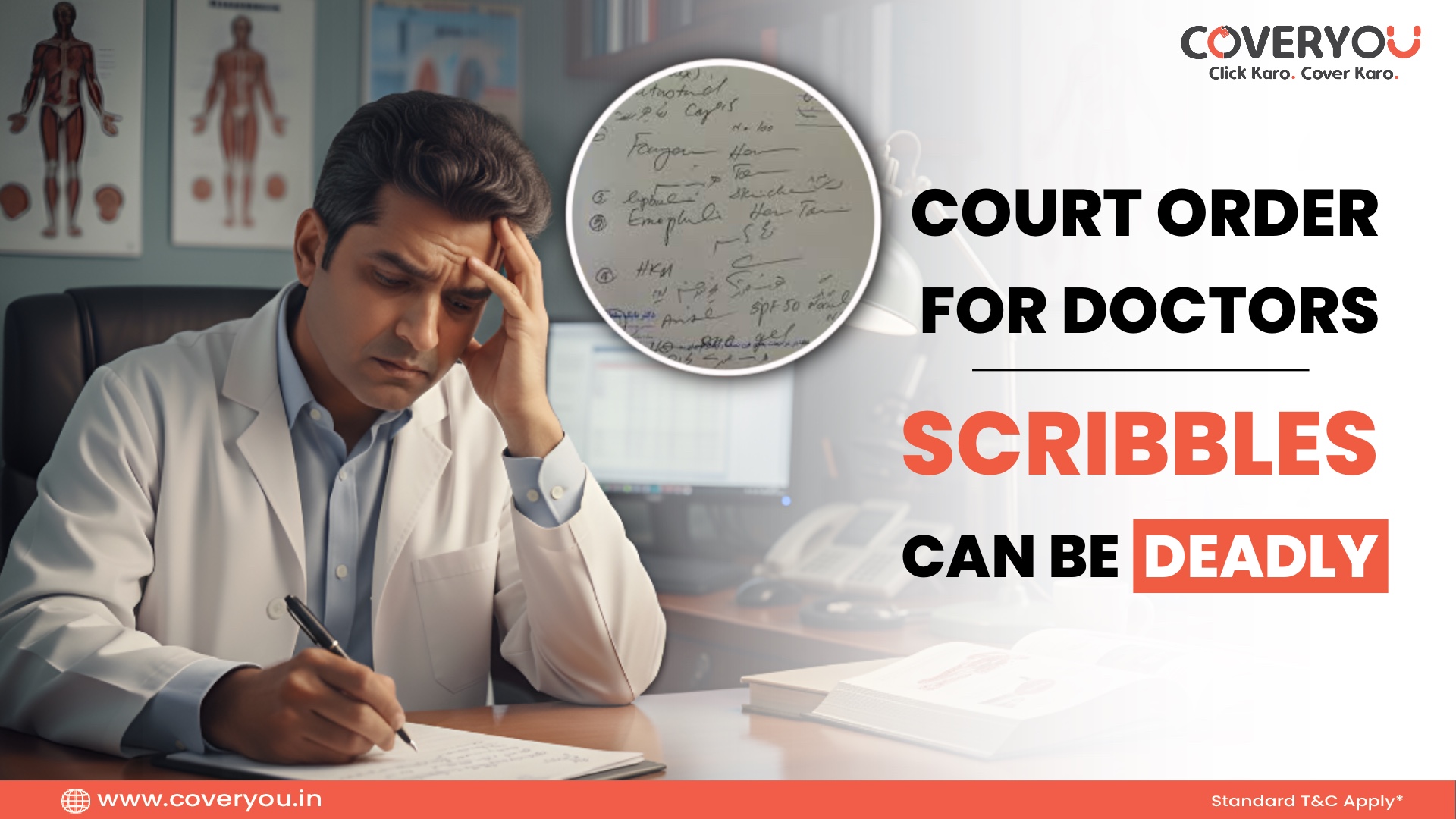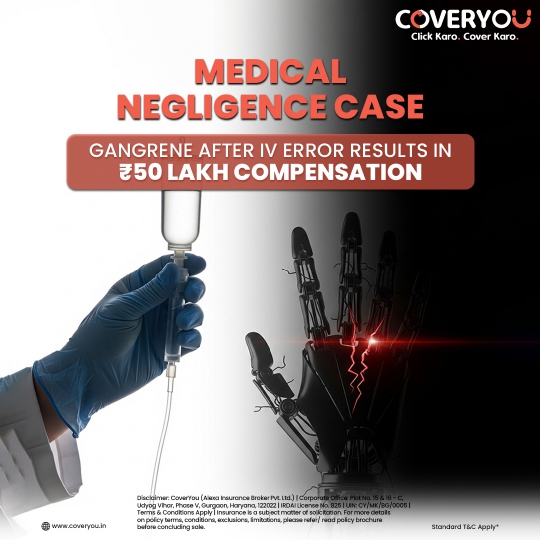In the secret chambers of the human heart, where memory spins the arras of who we are, Alzheimer’s disease etches unspoken scars. It steals names, faces, and moments previously cherished near the heart. But today, a new light blinks on the horizon, a new blood test for diagnosing Alzheimer’s, one that not only detects the disease but quantifies its gradual, ruinous march.
Developed by the renowned researchers at WashU Medicine in St. Louis, this breakthrough could shift the landscape for millions of patients and their families who face the long, uncertain winters of dementia.
A Simpler Way to See a Complicated Disease
Today, diagnosing Alzheimer’s is no trivial task. Doctors rely heavily on costly PET scans, agonizing spinal taps, and clinical exams that come too late. For many families, the answers only come after the disease has entrenched itself deep within the brain.
This is what makes the new blood test so remarkable. By identifying a tiny piece of a protein called MTBR-tau243, a fragment chipped from the knotted nerve fibers that Alzheimer’s leaves behind, doctors can now see the blueprint of destruction occurring within the brain. With mere drops of blood, doctors can soon quantify the presence and degree of Alzheimer’s with astonishing 92% accuracy. No more invasive testing, no more expensive imaging.
MTBR-tau243 A ray of hope
It’s surprising how a small thing can contain so much truth. MTBR-tau243 glides silently through the blood, a whisper from the brain’s shattered circuits. The worse Alzheimer’s gets, the louder this whisper gets.
Researchers found that individuals at the beginning of cognitive decline already had increasing levels of MTBR-tau243. But in those far into the clutches of dementia, the protein levels increased up to 200 times greater than normal, a stark indication of how far the brain’s connections had come apart.
This finding does more than refine diagnosis. It allows doctors to “stage” the disease, knowing whether a patient is first starting to lose their bearings or whether they are deep into the process. And that makes all the difference between stopping memory loss and merely alleviating the suffering.
A Stethoscope for the Mind
“We track a broken bone with an X-ray,” said Dr. Randall J. Bateman, co-author of the study, “so why not track a broken mind with a blood test?” Before now, Alzheimer’s was typically diagnosed by exclusion, by ruling out other illnesses. That put many patients and families into a dismal grey area between symptoms and resolution.
By providing a straightforward, trustworthy window into the disease itself, this blood test might revolutionize not only diagnosis but treatment. Therapies begun early, particularly promising anti-amyloid and anti-tau medications now in development, and are most effective when administered early, before too much is lost. Precision medicine has been a vision in Alzheimer’s research for decades. With this test, it may finally be within reach.
Hope on the Horizon, But Work Remains
Of course, all breakthroughs require patience to be practiced. Dr. Manisha Parulekar, a geriatric medicine specialist, says that although this test is a giant leap forward, it still needs to prove itself across larger and more diverse groups of humans. After all, Alzheimer’s does not present itself with the same face for every patient.
Standardizing the way blood samples are drawn, processed, and read will also be essential. Various labs need to observe the same reality when they look into that one drop of blood. Even with these challenges on the horizon, however, the feeling of momentum is palpable. For the first time in a long time, the way forward in Alzheimer’s doesn’t seem so despairingly bleak.
A Future Written in Memory, Not in Loss
There is something profoundly human about this breakthrough. It is not merely a matter of medicine or technology, but of paying respects to memory, the small sacred things that fill life with richness: a mother remembering the day her son was married, a grandfather recalling the scent of rain on his land.
If this blood test lives up to its promise, it will not merely diagnose Alzheimer’s sooner. It will purchase time. Time for smiles, for recognition, for the plain dignity of being one’s own. And maybe one day, the slow forgetting that is Alzheimer’s will no longer seem so inevitable after all.
















